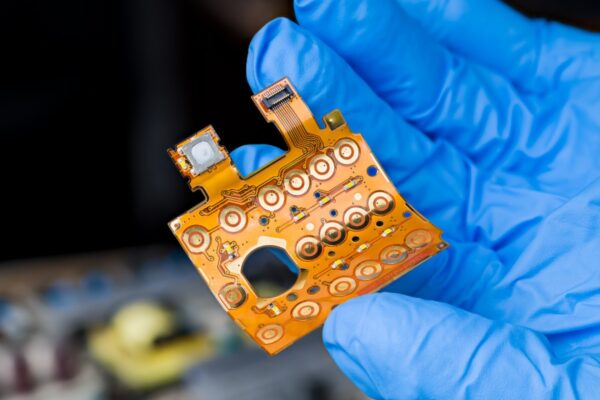What is Foil
Foil refers to a thin layer of copper that is applied to the base material of a PCB. Copper foil is a component that provides the necessary electrical conductivity for the circuitry.
Copper foil is typically used on both the outer and inner layers of a PCB. It can be pre-attached to a base material core by the laminate manufacturer, or it can be introduced as copper foil before the pressing process for multi-layer boards. The thickness of the copper foil determines the final copper thickness on the PCB. On the inner layers, the final copper thickness remains the same as that of the base copper foil. However, on the outer layers, an additional 20-30µm (micrometers) of copper is deposited on the tracks during the galvanic process for plating through the holes.
The primary purpose of copper foil in PCBs is to provide electrical conductivity for the circuitry. It serves as a conductor that allows the flow of electrical charges between components on the board. Copper foil has excellent conductivity properties, making it an ideal choice for this application. It is also easily bonded to the insulating layer of the PCB.
For single-layer boards and Insulated Metal Substrate (IMS) boards, there is no galvanic plating process involved. However, for multi-layer boards, the galvanic process is used to deposit additional copper on the outer layers.





